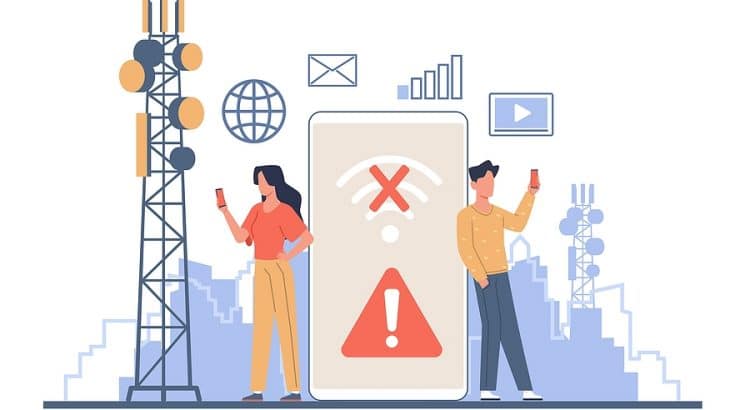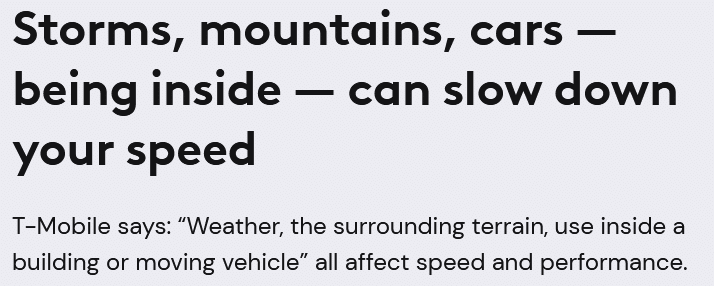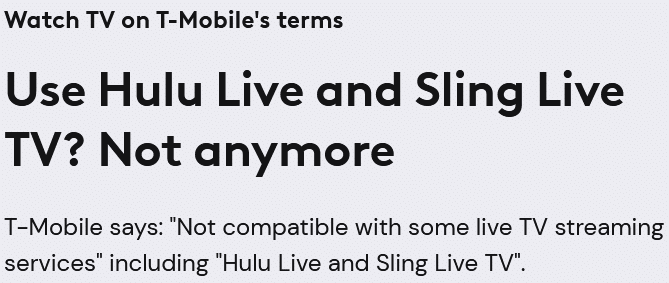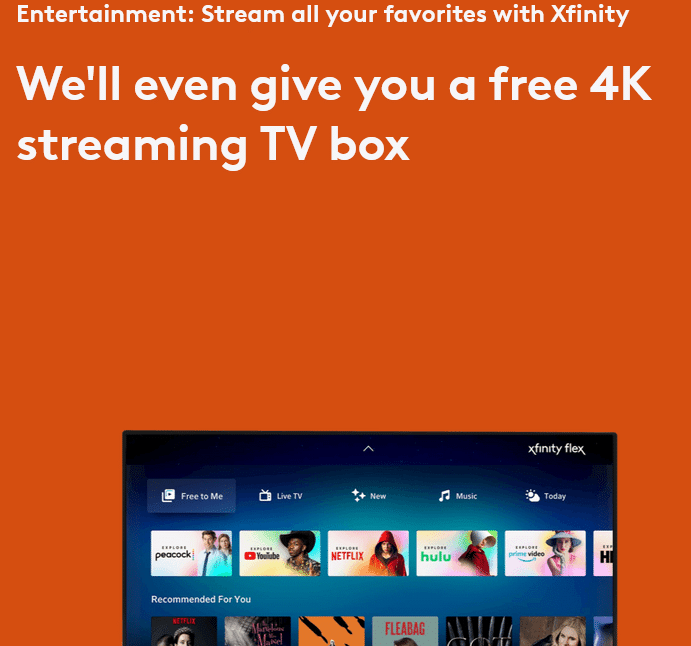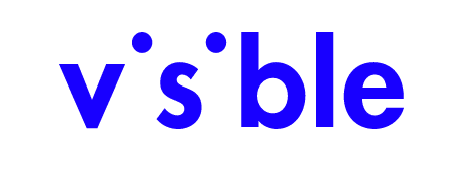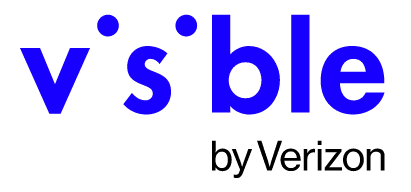I’ve been trying out the new carrier MobileX. It’s founded by Peter Adderton, who previously founded Boost Mobile.
MobileX looks awfully promising. I’ll have more to say about that in a later post. But despite MobileX’s promise and great pricing, I’ve been holding off on recommending the service until it matures. I’m wary of brand-new carriers. Typical consumers are probably better off with carriers that have had enough time to work out the kinks in their systems.
My hesitations were validated when MobileX experienced a data outage on Thursday. I don’t think the issues lasted all that long, and standard calling and texting continued to function.
I first became aware of the outage with this tweet:
Well…it seems that one of our engineers did a test that probably should have been done while you were sleeping. Unfortunately, our network data connection has been disrupted momentarily. Phone/text is live. We apologize for the interruption and for not providing advance notice.
— mobileX us (@mobileXus) April 20, 2023
I appreciate MobileX’s communication style. It doesn’t match the vague corporate-speak that’s usually seen in the telecom industry. The company followed up on the initial tweet with this one:
In fairness to our engineers, turns-out it actually WASN’T one of them. But we still own the issue.
Now back to interrogating our contractor… pic.twitter.com/W1ju6suDO0
— mobileX us (@mobileXus) April 20, 2023
I didn’t notice exactly when my data service ceased working, but service was back about an hour after the first tweet came out.
